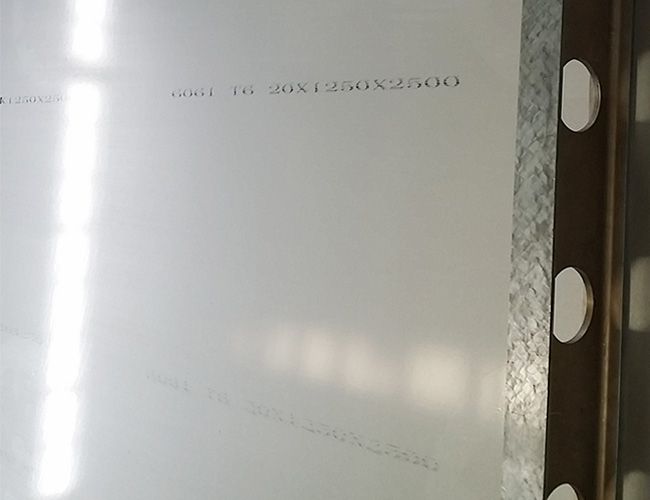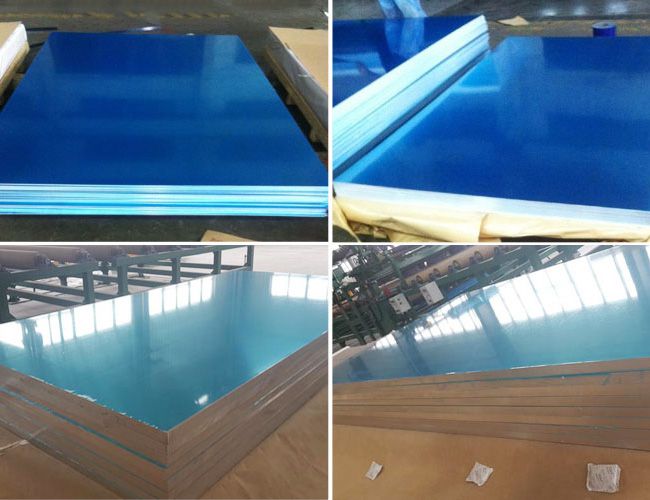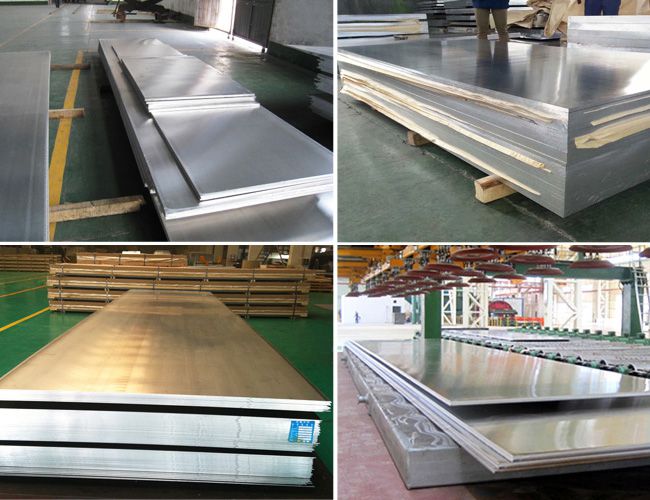F free machining state is applicable to products in work hardening and heat treatment conditions during the molding process. The mechanical properties of products in this state are not specified.
O annealing state, suitable for processed products with low strength after annealing.
H work hardening state, applicable to products that improve strength through work hardening. After work hardening, the products can undergo (Note: it can also not undergo) additional heat treatment that reduces the strength.

H code followed by two or three Arabic numerals w solution heat treatment state is an unstable state, which is only applicable to the alloy that is naturally aged at room temperature after solution heat treatment. This state code only indicates that the product is in the natural aging stage. T heat treatment state (different from F, O, h state) is applicable to the product that reaches a stable state after heat treatment after (or without) work hardening.
The subdivision status of T code followed by one or more Arabic numerals 3.2 T. add one or more Arabic numerals after the letter T to indicate the subdivision status of T. 3.2.1 TX status add 0-10 Arabic numerals after t to indicate subdivision status (called TX status). The number after t indicates the tea cup processing procedure for the product. TX subdivision status code description and application status code description and application status after to solid solution heat treatment, natural aging and then cold processing. It is applicable to the product T1 whose strength is improved by cold processing, which is cooled by the high-temperature forming process, and then naturally aged to a basically stable state. It is applicable to products that are cooled by the high-temperature forming process and are no longer cold processed (straightening and leveling can be carried out, but the mechanical properties will not be affected).

T2 is cooled by the high-temperature forming process and naturally aged to a basically stable state after cold processing. It is applicable to products cooled by the high-temperature forming process, which are cold processed, or straightened and leveled to improve the strength. T3 solid solution heat treatment is followed by cold processing, and then natural aging to a basically stable state. It is applicable to products that are cold worked, straightened and leveled to improve strength after solution heat treatment. T4 is naturally aged to a basically stable state after solution heat treatment. It is applicable to T5 products that are not cold worked after solution heat treatment (straightening and leveling can be carried out, but the mechanical property limit is not affected). T5 products are cooled by high-temperature forming process and then artificially aged. It is applicable to products that are cooled by the high-temperature forming process and are artificially aged without cold processing (straightening and leveling can be carried out, but the mechanical property limit will not be affected).
T6 is artificially aged after solution heat treatment. It is applicable to products that are no longer cold worked after solution heat treatment (straightening and leveling can be carried out, but the mechanical property limit will not be affected). T7 is artificially aged after solution heat treatment. It is applicable to products whose strength has crossed the peak point on the aging curve during artificial aging in order to obtain some important characteristics after solution heat treatment. T8 is in the state of artificial aging after cold processing after solution heat treatment. It is applicable to products that are cold processed, straightened and leveled to improve product strength.

T9 is in the state of artificial aging after solution heat treatment and then cold working. It is applicable to products that have been cold processed to improve product strength. T10 is cooled by the high-temperature forming process, cold worked, and then artificially aged. It is applicable to products that have been cold processed, straightened and leveled to improve product strength. Note: some 6xxx alloys can achieve the same effect of solid solution heat treatment, whether it is solid solution heat treatment in furnace or quenching from high-temperature forming process to retain soluble components in solid solution. Any of the above two treatment methods can be used for T3, T4, T6, T7, T8 and T9 states of these alloys.
< The use of color coated aluminum co... Application of 5052 alloy aluminum... >
